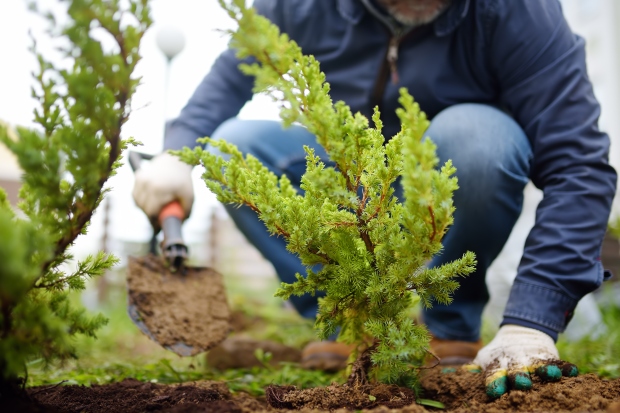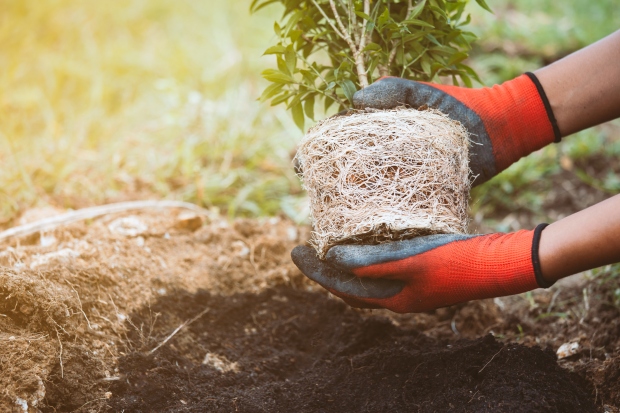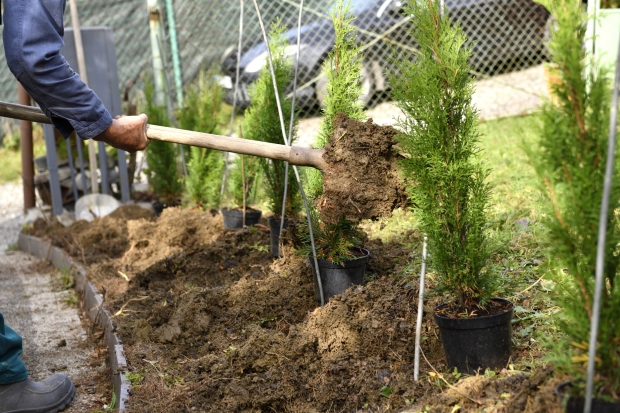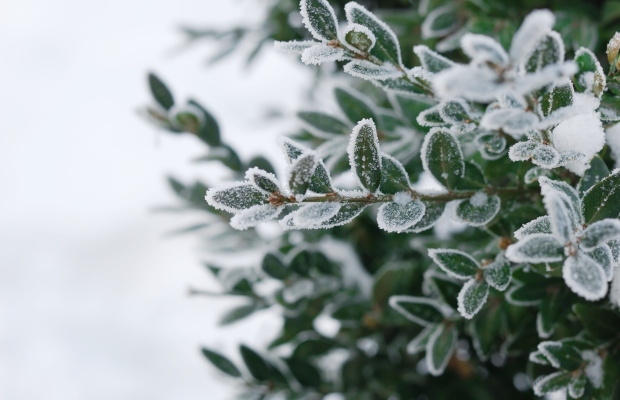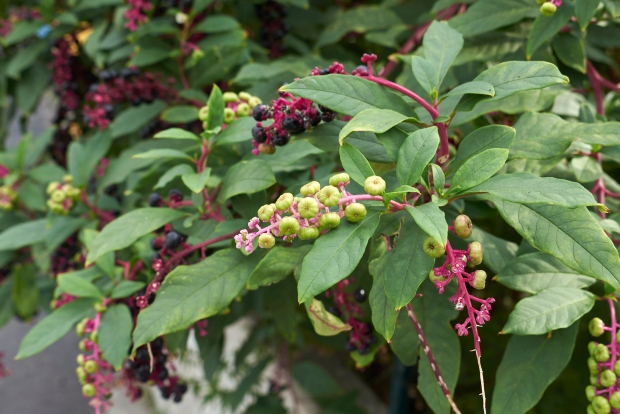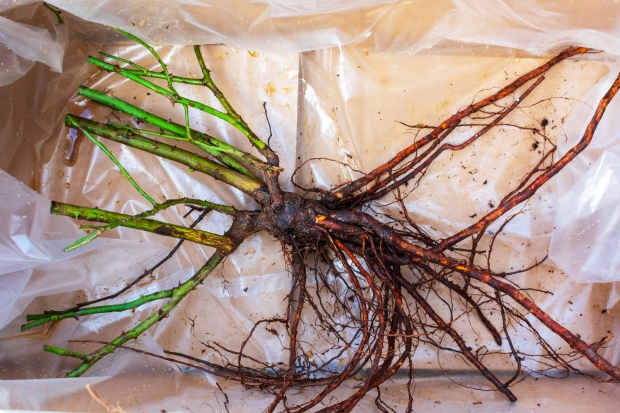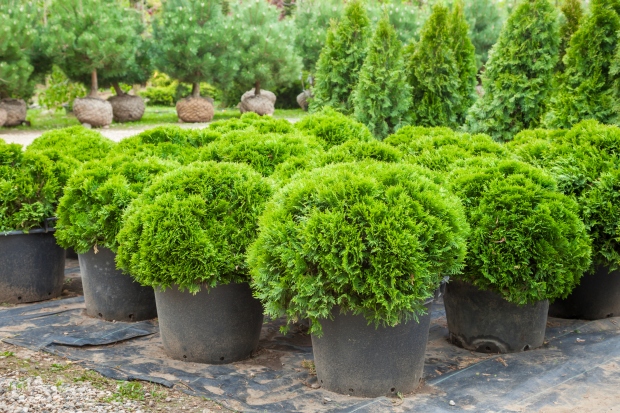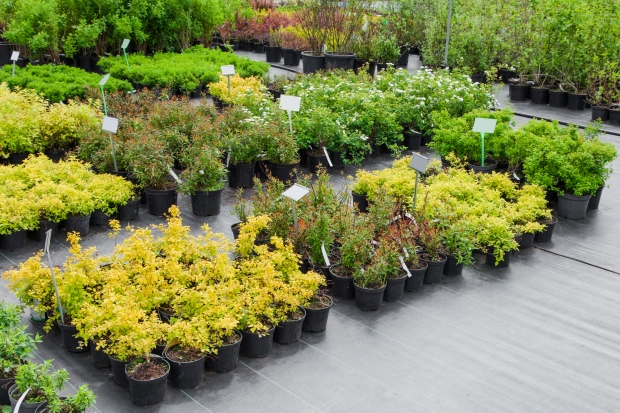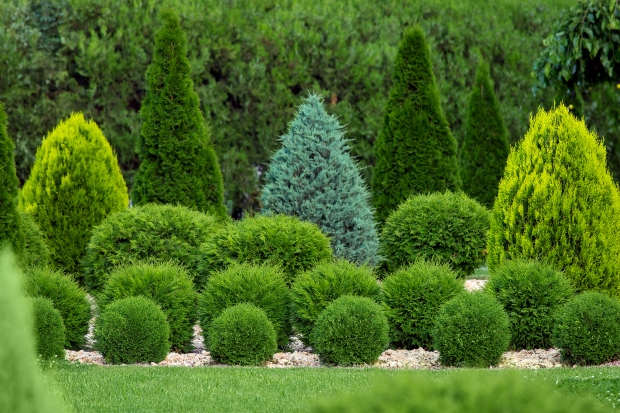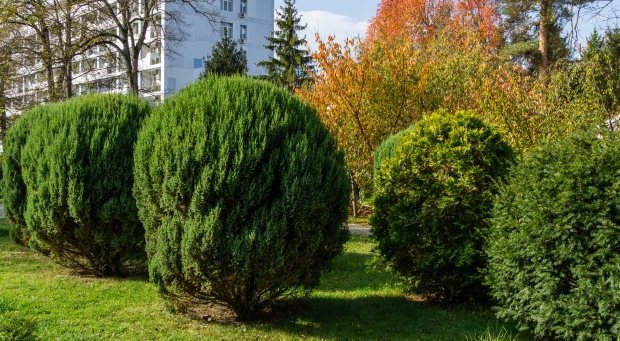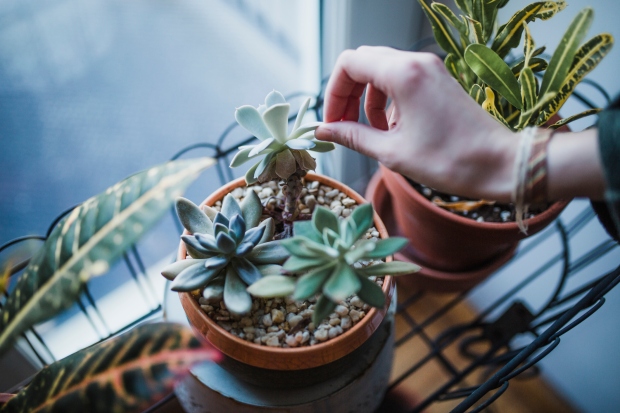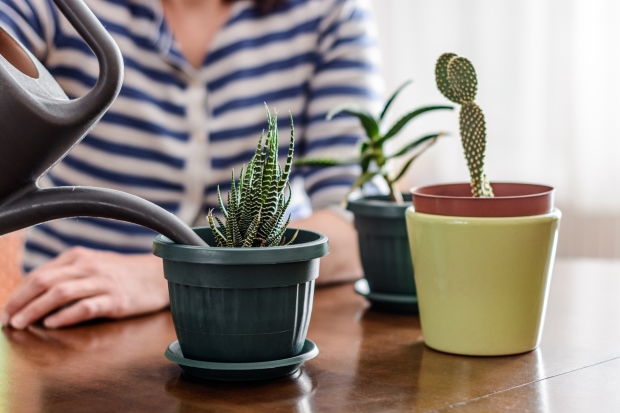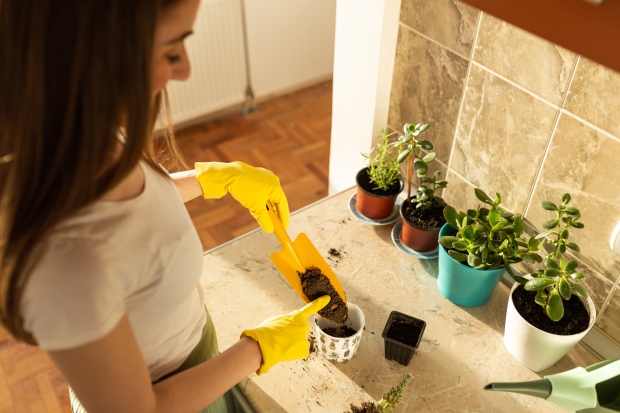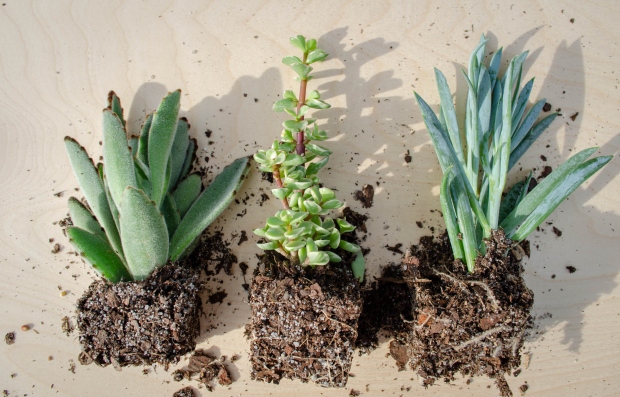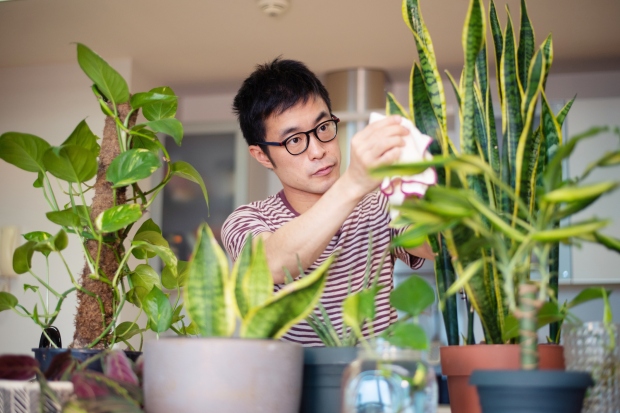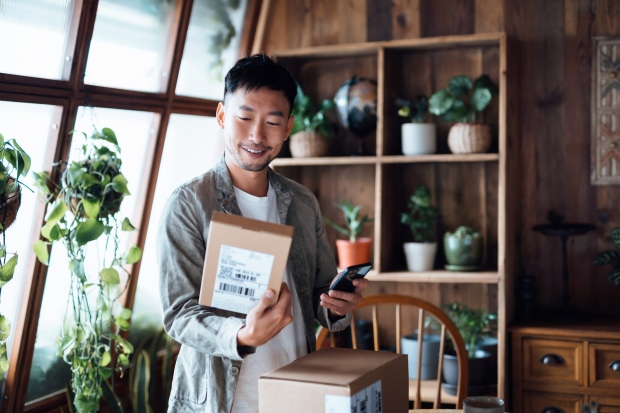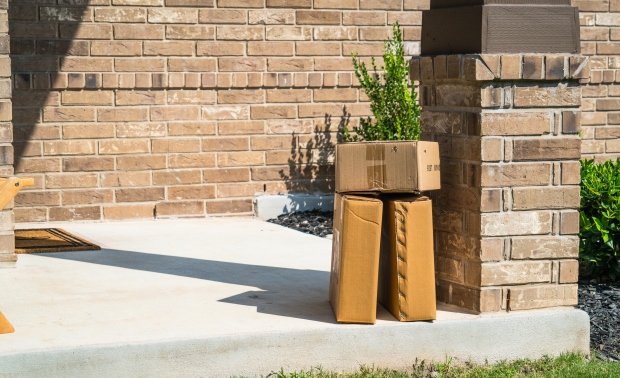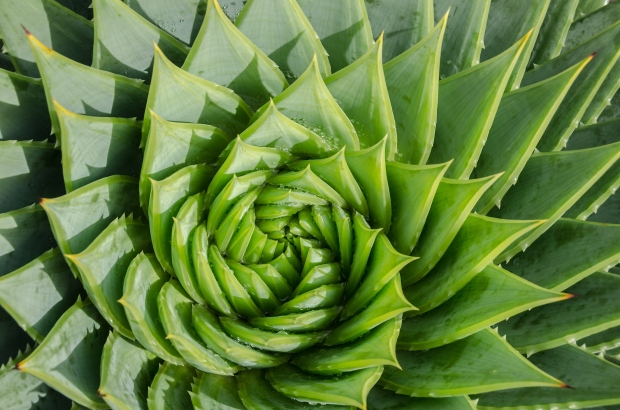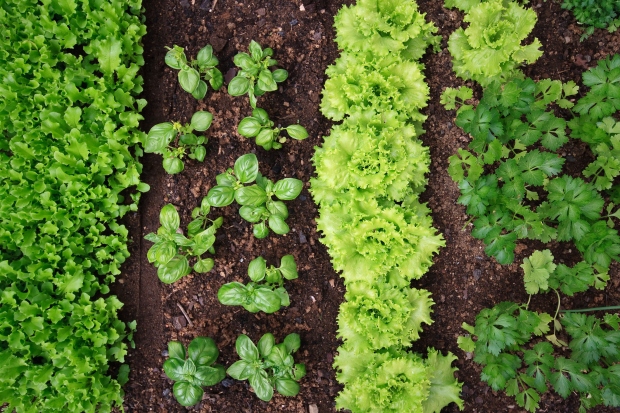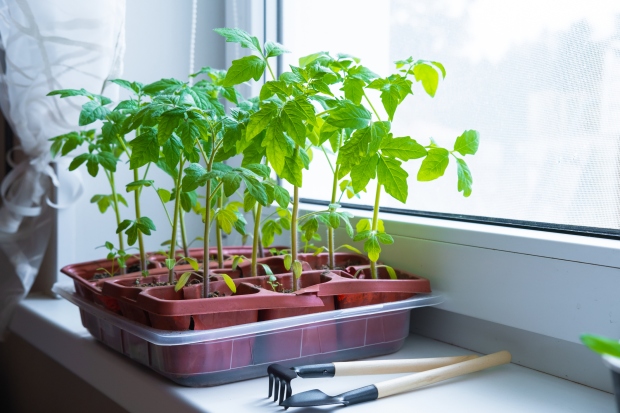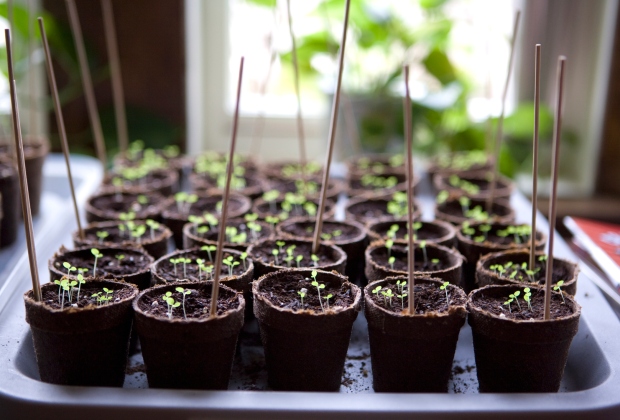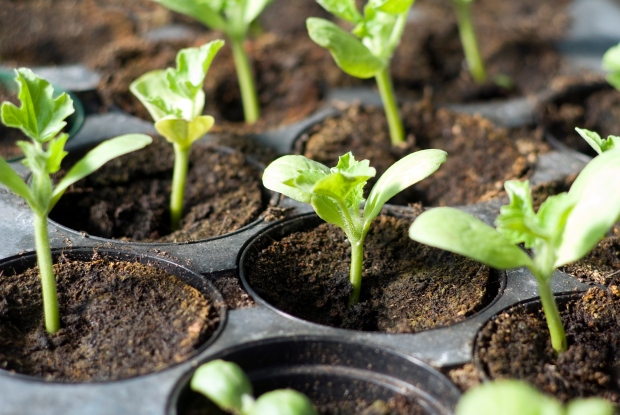Step by Step Instructions for Planting
Now that you’ve purchased your plants, it’s time for the fun part, planting! When planting shrubs, it may be easier if you have someone else who can help you position the plant in the hole and hold it in place as you start backfilling.
Digging the Planting Hole, Including the Correct Size
Using a sturdy long-handled shovel with a pointed blade, dig a hole slightly bigger than your shrub’s root system. The hold should be two to three times the width of the roots and slightly deeper, no matter if you are planting a bare-root specimen or container-grown plant.
As you dig the hole, pile the soil around the perimeter in various areas to make backfilling easier.
After you get the correct size hole dug, slash the sides with your shovel or a garden spade to penetrate the soil around the edges. Loosening up the sidewalls helps the roots grow outward into the surrounding soil.
Prepping the Soil to Backfill (Does It Need Fertilizer)
If you didn’t amend the area you’re planting in, you should at least mix some organic matter and fertilizer into the soil before backfilling the hole.
Follow the label directions on an all-purpose fertilizer for dosing and add up to about one-third compost to the soil, mixing it well.
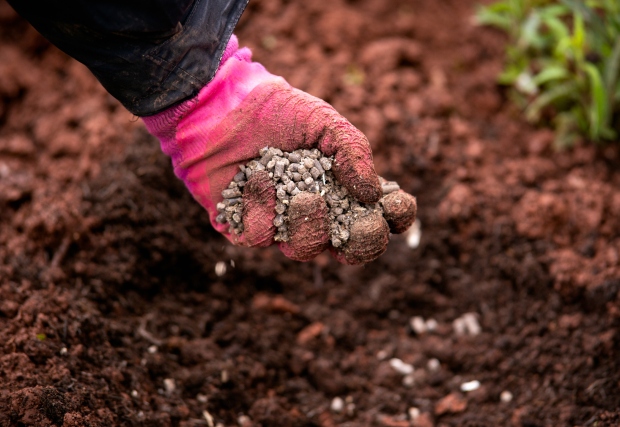
Getting Your Shrub Ready
First, remove any labels or tags wrapped around the trunk or branches to prevent girdling as the shrub grows.
Carefully remove container-grown shrubs from their pot. Lay the container on the ground, on its side, and gently grab onto the base of the plant close to the soil. Wiggle the plant back and forth to free it from the container.

Pull the plastic off the roots of bare-root shrubs and then put the plant in a bucket of water. Set the bucket in the shade and let the shrub’s roots hydrate for a couple of hours.
Correct Planting Depth
It’s time to set your shrub in the hotel at the correct planting depth. You never want to bury it deeper than it was in the container, so you may need to build up a slight mound of soil at the bottom of the hole to get it high enough.
Position the shrub, so the potting soil of container-grown plants is at ground level or slightly higher. Look for where the branches or multiple stems flare out from the single main stem with bare-root shrubs. You want this “flare” just above the soil surface.
After getting your shrub positioned, gently fan out the roots in the bottom of the hole.
Backfilling the Hole
Using your shovel, start backfilling the holes and tamp the soil down with your foot as you go to remove the air pockets. Slightly mound the soil at the base of the shrub, so water doesn’t collect in a low spot and cause root rot. Newly planted shrubs tend to settle slightly over time.
